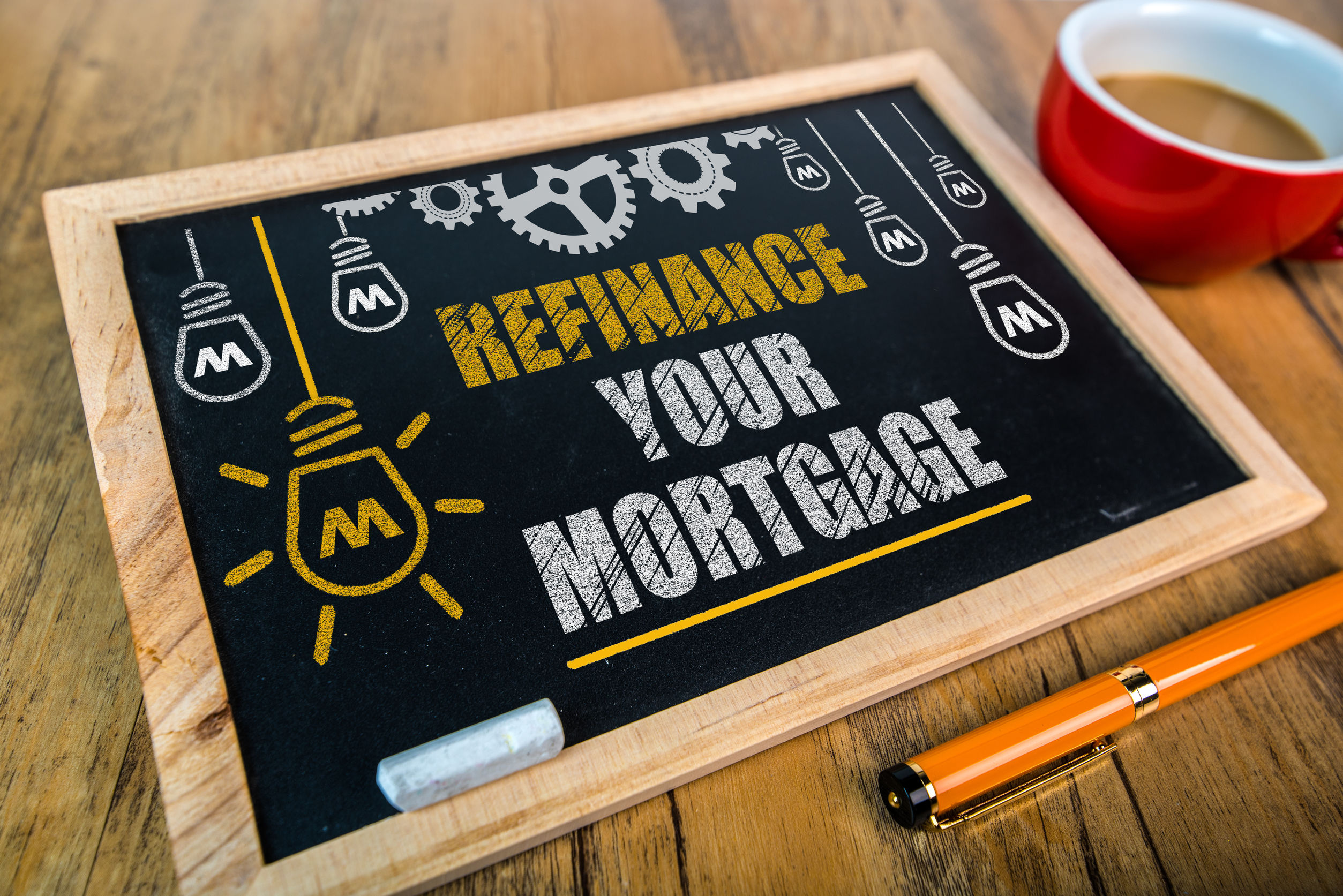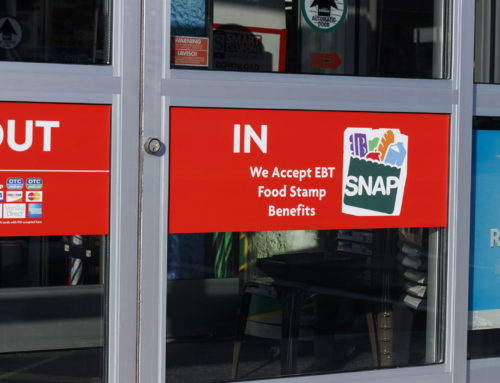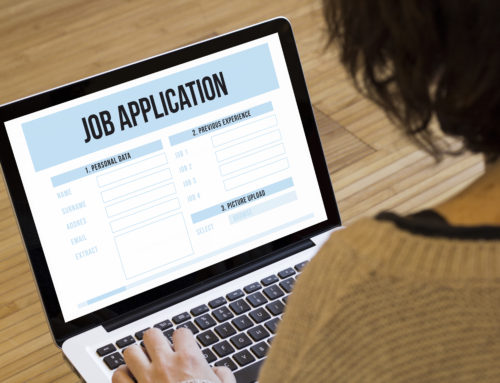If you’re a homeowner, you may have another resource available to you in times of financial hardship: mortgage refinancing.
According to Experian, refinancing a mortgage involves taking out a new loan to pay off your original mortgage loan. In many cases, homeowners refinance to take advantage of lower market interest rates, cash out a portion of their equity, or to reduce their monthly payment with a longer repayment term.
What does it mean to refinance your mortgage?
The process of refinancing your mortgage is virtually identical to the process of securing the mortgage in the first place. Start out by researching various lenders and comparing offers. There’s a chance that your credit score improved since the time you initially secured your mortgage, and if that’s the case you may actually qualify for a significantly lower interest rate this time around.
The most important thing to do at this point is to closely review closing costs. These are the administrative costs charged by the lender. You may save a bit of money on your monthly payments, but if you have massive closing costs then it doesn’t really make a difference.
Why would you refinance your mortgage?
There are a few reasons why you’d want to refinance your mortgage.
- You can lower your monthly mortgage payments.
- You can take cash out if you have equity in the home and use it for living expenses.
- You can change your rate type, shifting from an adjustable-rate to a fixed rate.
- You can change your loan term, securing a lower rate if you choose a shorter term, or lowering your payment by choosing a longer term.
If you’ve been furloughed or laid off, it may be tempting to go with the cash-out option. Be careful though; taking cash out results in a higher loan amount which, in turn, results in a higher monthly payment.
Different Types of Refinancing
According to Fannie Mae (The Federal National Mortgage Association), there are three general types of refinance loans you can apply for: rate-and-term, cash-out, and cash-in. Here’s what to know about each one.
Rate-and-Term Refinance Loan
With this type of loan, the goal is to change the interest rate, loan term, or both without making any changes to the amount of the loan. This option is best if you’re trying to save money on your monthly payment or switch your loan from an adjustable-rate to a fixed rate.
Cash-Out Refinance Loan
As the name suggests, a cash-out refinance involves cashing out a portion of the home’s equity. Doing so results in a higher loan amount, with the difference typically equal to the amount cashed out.
While a cash-out refinance can help homeowners get the cash they need for certain activities, it typically results in a higher monthly payment and interest rate than a rate-and-term refinance loan.
Cash-In Refinance Loan
Much less common than a cash-out refinance is a cash-in refinance. This happens when the homeowner refinances their mortgage loan and brings money to the table to reduce their new mortgage balance.
A cash-in refinance may be worth considering if you’re underwater on your mortgage or want to get rid of private mortgage insurance, qualify for a lower interest rate, or keep your mortgage amount below certain limits.
How Do I Qualify for a Refinance Loan?
The qualifications for refinancing a mortgage are similar to the criteria for a new mortgage loan.
Lenders will consider several factors, including your:
- Credit history and score
- Payment history on your existing loan
- Income and employment history
- Equity in the home
- Home’s current value
- Other debt obligations
If you meet a lender’s standards based on these criteria, you’ll receive an offer according to the risk you pose to the lender. If, for example, you have a spotless credit history, a solid income, and a lot of equity in the home, you may get approved for better terms on the new loan.
If, however, your credit score has gone down since you got your first mortgage or you have more overall debt, you may have a harder time getting approved for more favorable terms.







Leave A Comment